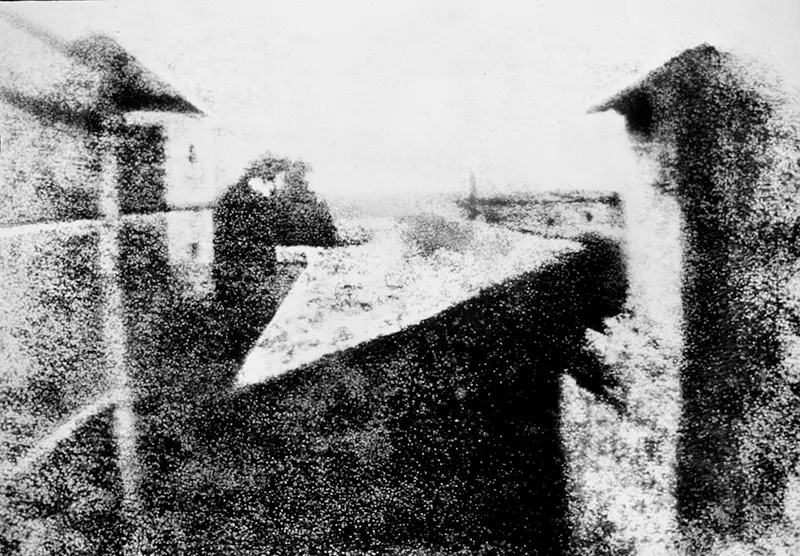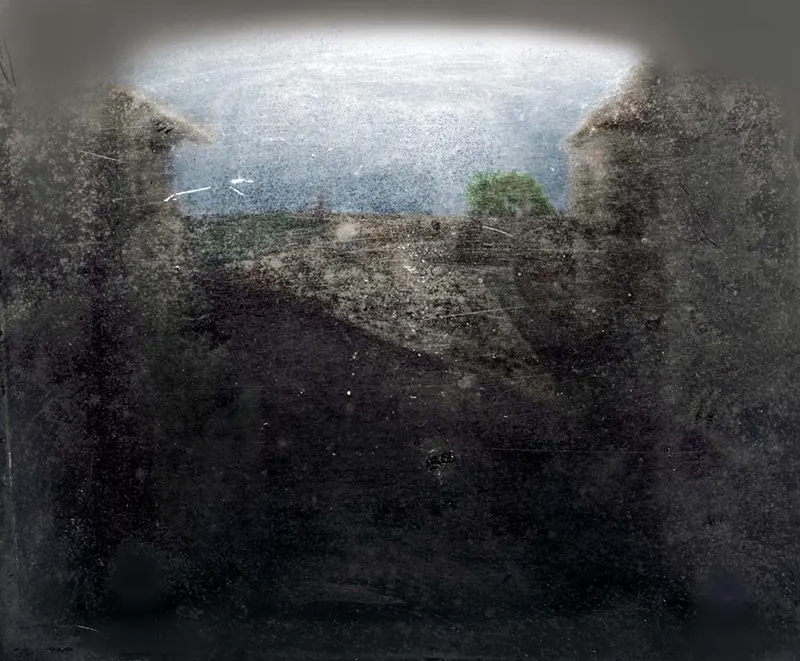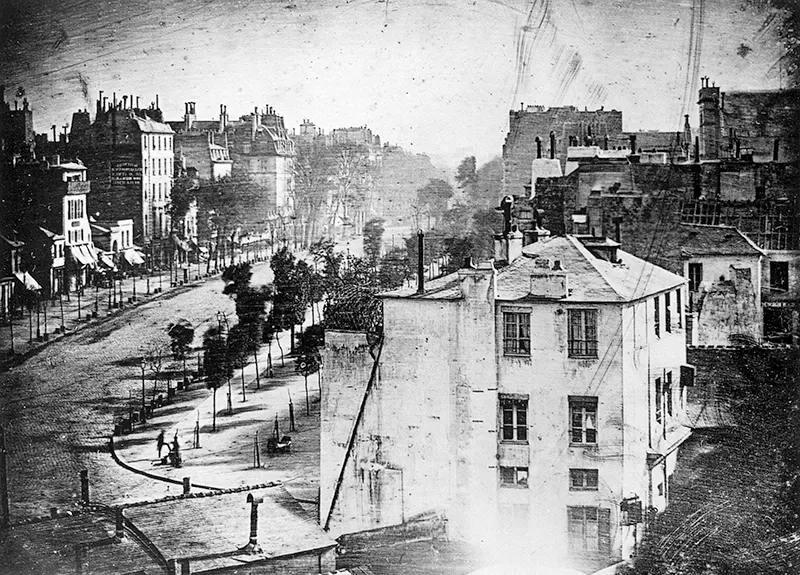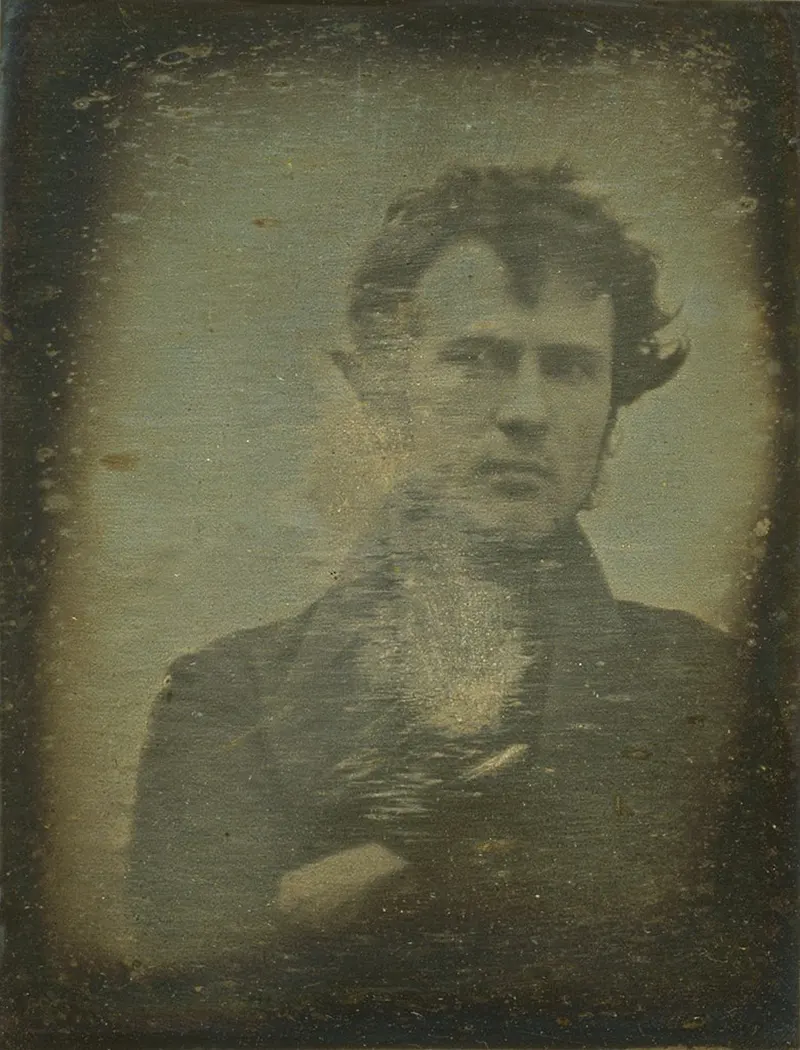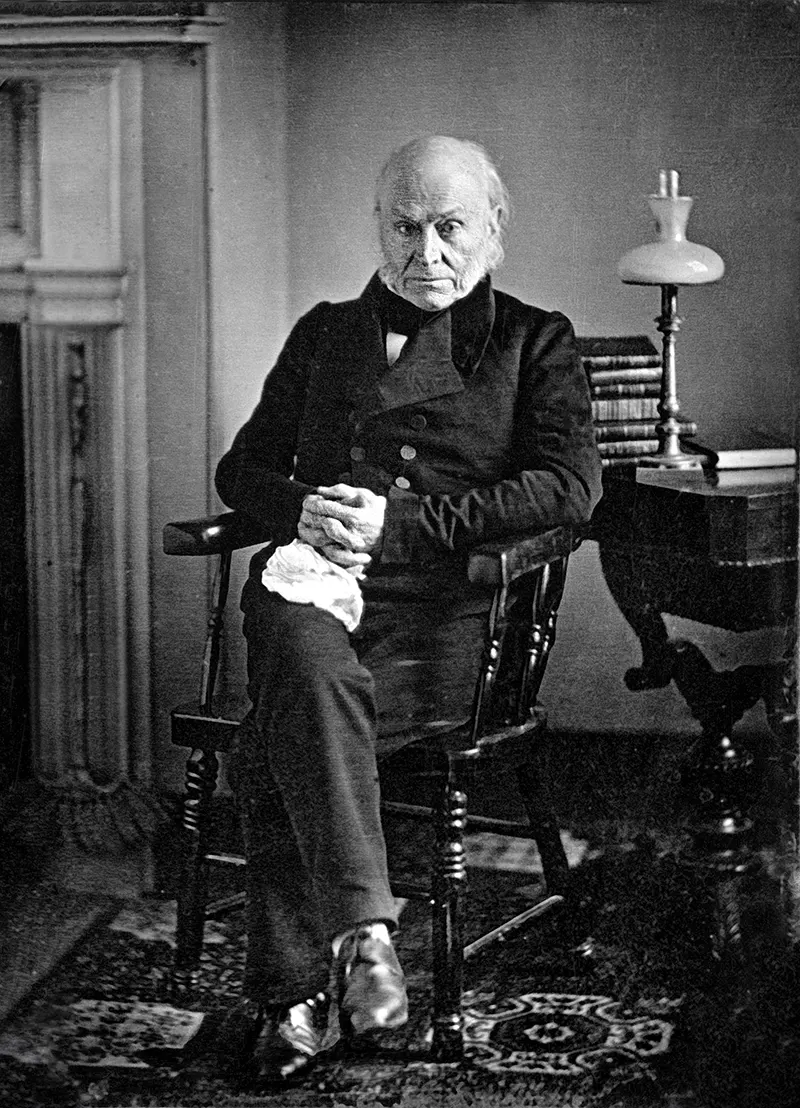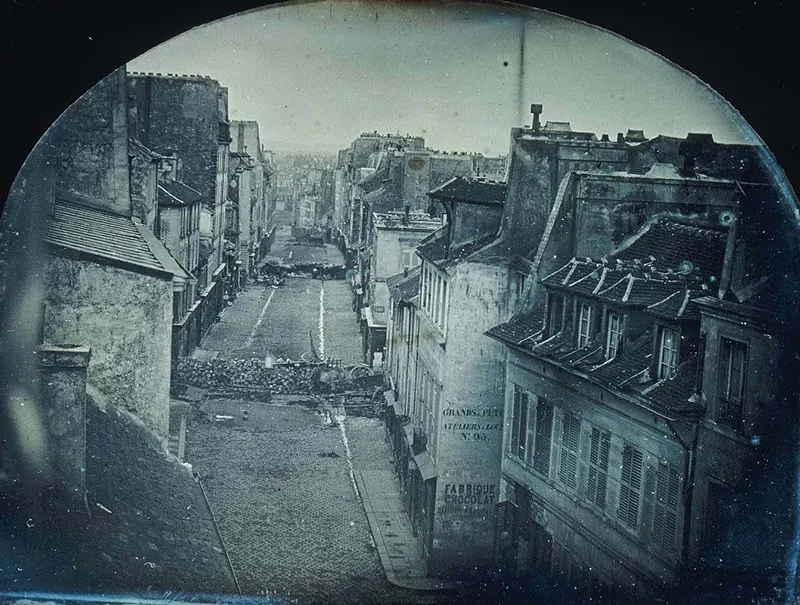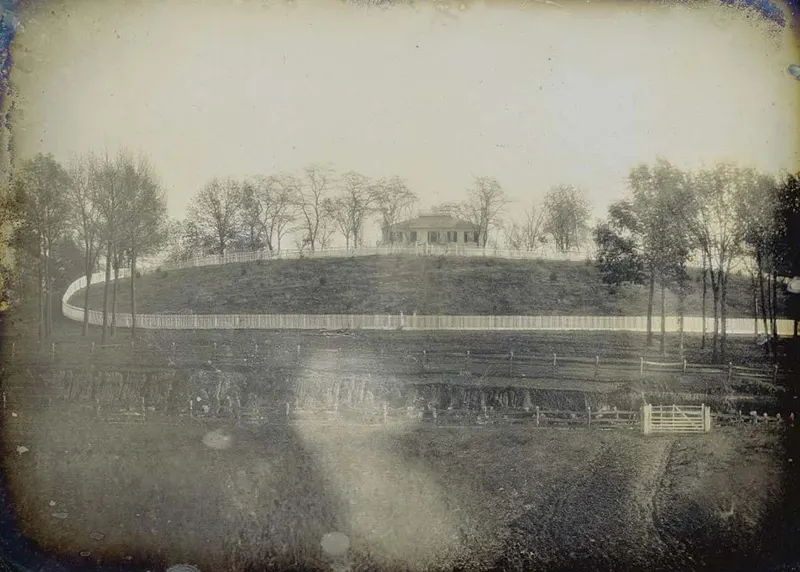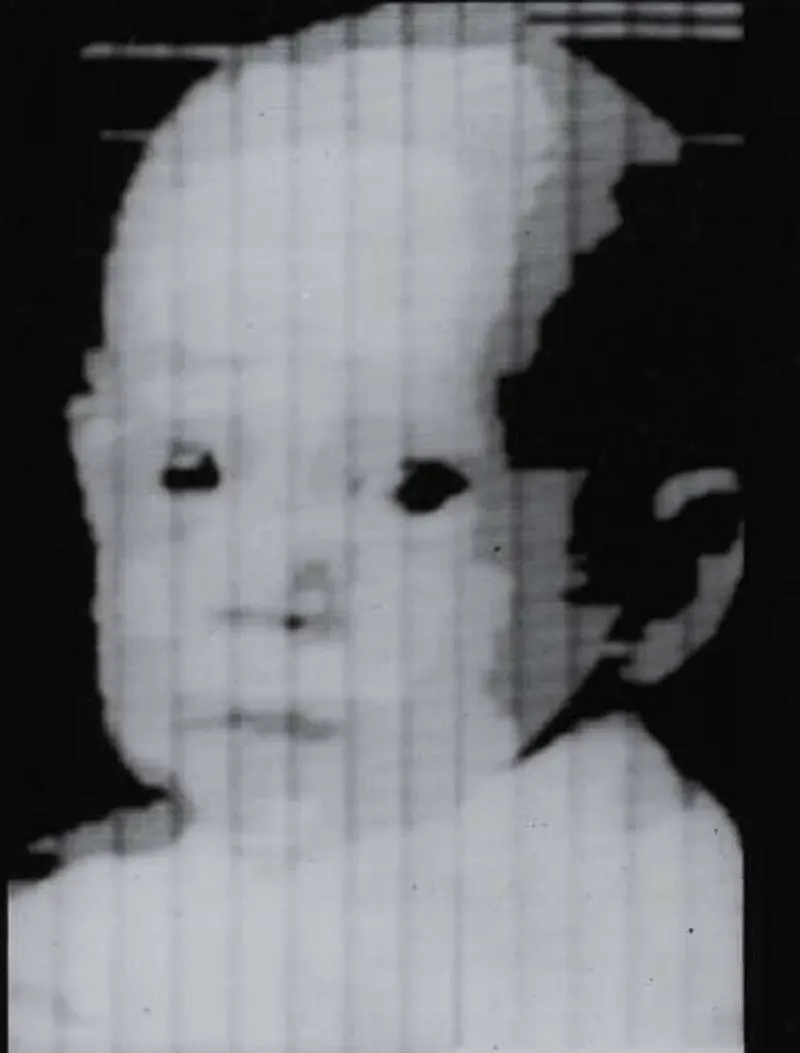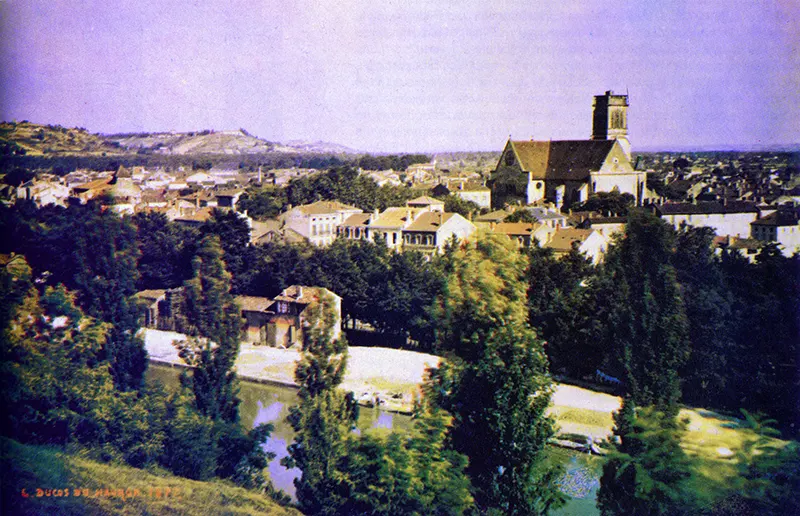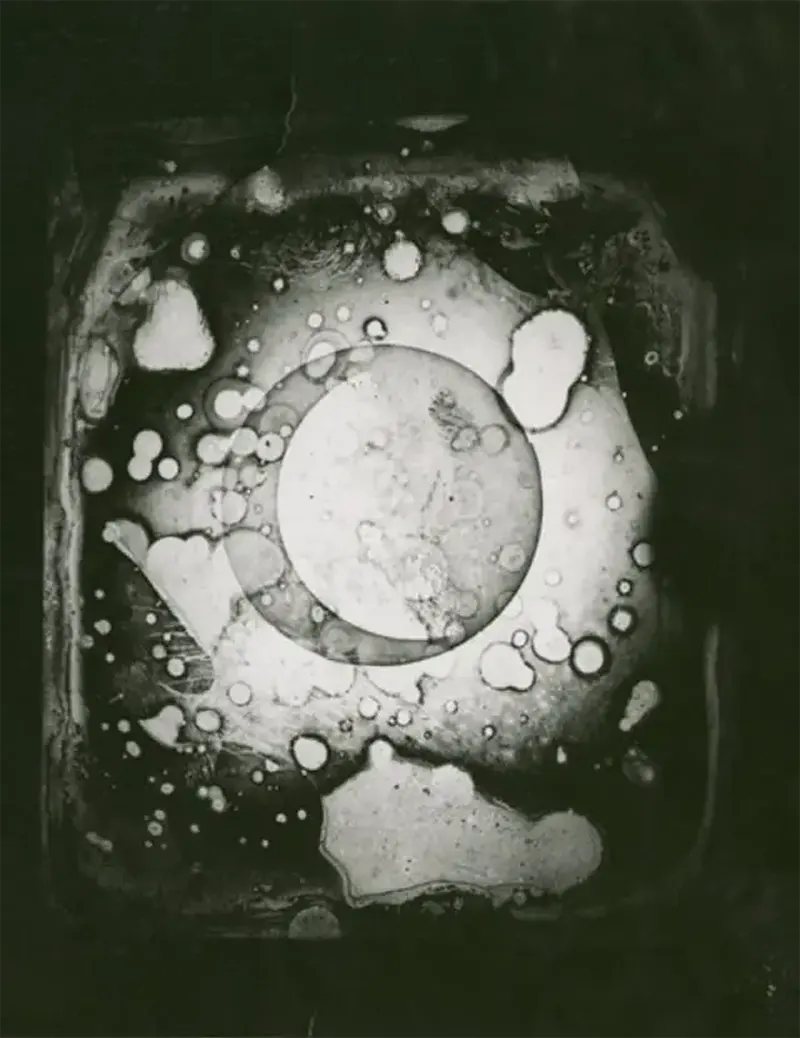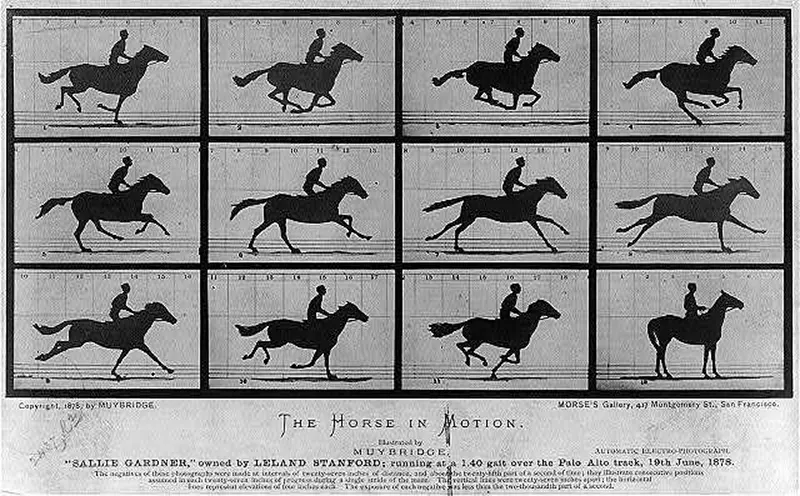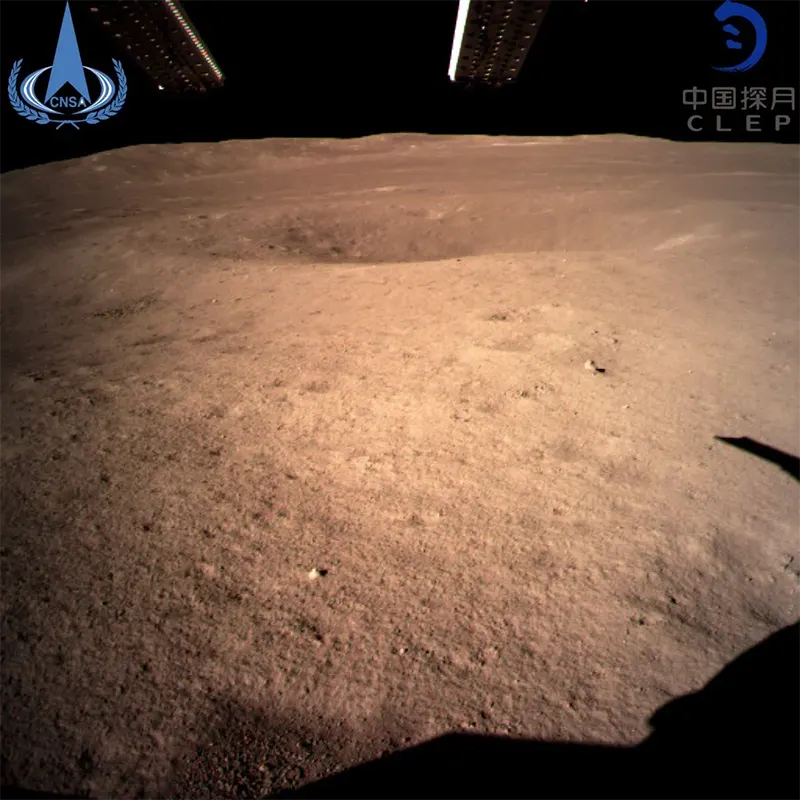Photography has come a long way since its inception, and the journey has been marked with some remarkable milestones. From the earliest forms of photographic processes to the revolutionary digital age, photography has been a driving force in the way we capture and document the world around us. In this article, we’ll take a journey back in time to explore the famous first photographs in history, some of the oldest photos to have ever been captured. We’ll delve into the backstory of each photograph and discover the stories behind their creation, providing an insight into the pioneering spirit and innovative thinking of those early days. The first photograph ever taken was created in 1826 by Joseph Nicéphore Niépce. It was a simple image of the courtyard of Niépce’s estate in France, and it took eight hours to expose. This photograph is significant because it marks the beginning of photography as we know it today. In the years that followed, other photographers began to experiment with the new medium. In 1839, Louis Daguerre announced the invention of the daguerreotype, a process that produced much sharper images than Niépce’s process. The daguerreotype quickly became popular, and it was used to create some of the most famous photographs of the 19th century. One of the most famous daguerreotypes is “The Boulevard du Temple,” taken by Daguerre himself in 1838. This photograph shows a busy street in Paris, and it is notable for being one of the first photographs to show people in motion. The exposure time for this photograph was about seven minutes, which was long enough to capture the movement of people and carriages on the street. Another famous daguerreotype is “The First Photograph of a Person,” taken by Robert Cornelius in 1839. This photograph shows Cornelius himself, and it is significant because it is the first photograph to show a recognizable human face.
The First Photograph Caught on Camera (1826)
View from the Window at Le Gras (French: Point de vue du Gras) is a heliographic image and the oldest surviving camera photograph. It was created by French inventor Nicéphore Niépce in 1826 in Saint-Loup-de-Varennes, France, and shows parts of the buildings and surrounding countryside of his estate, Le Gras, as seen from a high window. Niépce captured the scene with a camera obscura projected onto a 16.2 cm × 20.2 cm (6.4 in × 8.0 in) pewter plate thinly coated with bitumen of Judea, a naturally occurring asphalt. The bitumen hardened in the brightly lit areas, but in the dimly lit areas it remained soluble and could be washed away with a mixture of oil of lavender and white petroleum. A very long exposure in the camera was required. Sunlight strikes the buildings on opposite sides, suggesting an exposure that lasted about eight hours, which has become the traditional estimate. A researcher who studied Niépce’s notes and recreated his processes found that the exposure must have continued for several days. In 2003, Life listed View from the Window at Le Gras among 100 Photographs that Changed the World. In an article for Art on Paper, View from the Window at Le Gras was said to have a “fair claim” as the first photograph.
The First Daguerreotype Photograph (1837)
Louis-Jacques-Mandé Daguerre’s oldest surviving photograph (which predates the announcement of the invention of the medium in 1839 by two years), “The Artist’s Studio / Still Life with Plaster Casts” was made using his modestly self-named “daguerreotype” process. One-of-a-kind images like these offer sharp details on small, mirrored, silver-coated copper plates. This is one of only about 25 of Daguerre’s images to survive. To make the image, a daguerreotypist polished a sheet of silver-plated copper to a mirror finish; treated it with fumes that made its surface light-sensitive; exposed it in a camera for as long as was judged to be necessary, which could be as little as a few seconds for brightly sunlit subjects or much longer with less intense lighting. Then they made the resulting latent image on it visible by fuming it with mercury vapor; removed its sensitivity to light by liquid chemical treatment; rinsed and dried it; and then sealed the easily marred result behind glass in a protective enclosure. The image is on a mirror-like silver surface and will appear either positive or negative, depending on the angle at which it is viewed, how it is lit and whether a light or dark background is being reflected in the metal. The darkest areas of the image are simply bare silver; lighter areas have a microscopically fine light-scattering texture.
The First Photograph Showing a Living Person (1838)
Made in 1838 by inventor Louis Daguerre, this is believed to be the earliest photograph showing a living person. Shot from an upper-story window, the cityscape features two figures who appear as shadowy silhouettes in the lower left portion of the picture. Both are unidentifiable, but the man in a hat and jacket, with his leg up on the shoeshine kit, is clearly visible. He must have been standing incredibly still, since the silver plate, or silver-covered copper plate photo process Daguerre used, required about seven minutes of exposure time. The shoeshine boy was in action, making his presence in the photo little more than ghostly. Likewise, most of the other people and the horse-drawn carriages that were on the scene moved too briskly to be recorded by Daguerre’s camera.
The Earliest Self-Portrait Photograph (1839)
Robert Cornelius was an American photographer and pioneer in the history of photography. Around October 1839, at age 30, Cornelius took a self-portrait outside the family store. The daguerreotype produced is an off-center portrait of himself with crossed arms and tousled hair. While Louis Daguerre’s photograph of the Boulevard du Temple, taken one year earlier, incidentally included two people on the sidewalk, Cornelius’ photo is the oldest known intentional photographic portrait of a person made in the United States. The quality of the photographic plate and the technique used required him to sit motionless for 10 to 15 minutes. Cornelius did not make much of his achievement of the first human photograph in the United States. It survived due to the efforts of Marcus Aurelius Root, a pupil at Cornelius’ studio.
The Earliest Surviving Photograph of a Woman (1839-1840)
This portrait of Dorothy Catherine Draper was originally taken by her brother Dr. John W. Draper (1811-1882) in his Washington Square studio at the New York University in 1839 or 1840, within the first year of Louis Jacques Mande Daguerre’s announcement in Paris of his invention of the daguerreotype process. Identified as a copy daguerreotype, this reproduction was made by Draper’s son Daniel when the original was displayed at the 1893 Columbian Exposition in Chicago, Illinois. The original daguerreotype was damaged during an attempt at restoration early in the 1930s.
The Oldest Photograph of a US President (1843)
This image of John Quincy Adams is the earliest known photo of a US President to still exist and was taken in March 1843 when he was 75 years old and serving as a Representative of Massachusetts’s 8th congressional district, 14 years after the end of his presidency. It was taken in Washington, D.C. by the photographic firm Southworth & Hawes and given to his friend and fellow Representative, Horace Everett. Quincy Adams died on the 23rd of February 1848 at the age of 80, almost 5 years after this photo was taken.
The Earliest Photograph of the Sun (1845)
Daguerreotype image of the Sun using a 1/60 second exposure, taken on 2 April 1845 at 9:45 AM by Hippolyte Fizeau and Léon Foucault. This is the earliest known photograph that clearly shows the presence of sunspots on the Sun’s surface.
The First Color Photograph (1861)
Tartan Ribbon, photograph taken by James Clerk Maxwell in 1861. Considered the first durable color photographic image, and the very first made by the three-color method Maxwell first suggested in 1855. Maxwell had the photographer Thomas Sutton photograph a tartan ribbon three times, each time with a different color filter (red, green, or blue-violet) over the lens. The three photographs were developed, printed on glass, then projected onto a screen with three different projectors, each equipped with the same color filter used to photograph it. When superimposed on the screen, the three images formed a full-color image. Maxwell’s three-color approach underlies nearly all forms of color photography, whether film-based, analogue video, or digital. The three photographic plates now reside in a small museum at 14 India Street, Edinburgh, the house where Maxwell was born.
Oldest Aerial Photograph (1860)
In the age of drones, aerial photography is often taken for granted, but this 1860 image actually pioneered the technique. Showing Boston from over 2,000 feet in the air, this aerial photograph was taken by James Wallace Black and Samuel Archer King. Unfortunately, the first aerial image, which was taken by French photographer and balloonist Gaspard-Félix Tournachon, has been lost.
The First News Photograph (1847)
This photograph taken in 1847 via the daguerreotype process is thought to be the first-ever photograph taken for the news; it depicts a man being arrested in France. The image was reportedly published in a historical account of the 1848 Revolution titled Journées illustrées de la révolution de 1848.
The First Newspaper Photo (1848)
Titled ‘Barricades on rue Saint-Maur’ (1848), the daguerréotype shows barricades on the streets of Paris during the June Days uprisings. The image was published as an engraving in the weekly French newspaper L’Illustration on the week of July 1, 1848.
Oldest Photo of New York (1848)
This 1848 daguerreotype of Manhattan’s Upper West Side is the oldest surviving photo of New York. In 2009, it was sold at Sotheby’s for $62,500. Unfortunately, the first photo of New York, which shows the Unitarian Church, is now lost.
First Photo of War (1870)
Carol Popp de Szathmari is the first known war photographer, capturing hundreds of images of the Crimean War. This image from 1870 is thought to be the first photograph of an actual battle. Showing a line of Prussian troops as they advance, the photographer shot the image as he stood with French defenders.
First Hoax Photograph (1840)
The first hoax photograph was taken in 1840 by Hippolyte Bayard. Both Bayard and Louis Daguerre fought to claim the title “Father of Photography.” In reaction to the injustice that he felt he had been subjected to, Bayard made, possibly in October 1840, the first staged photograph, Self Portrait as a Drowned Man, in which he pretends to have committed suicide, sitting and leaning to the right. Bayard wrote on the back of his most notable photograph: The corpse which you see here is that of M. Bayard, inventor of the process that has just been shown to you. As far as I know this indefatigable experimenter has been occupied for about three years with his discovery. The Government, which has been only too generous to Monsieur Daguerre, has said it can do nothing for Monsieur Bayard, and the poor wretch has drowned himself. Oh the vagaries of human life….! … He has been at the morgue for several days, and no-one has recognized or claimed him. Ladies and gentlemen, you’d better pass along for fear of offending your sense of smell, for as you can observe, the face and hands of the gentleman are beginning to decay.
The First Digital Photograph (1957)
In 1957 NIST computer pioneer Russell Kirsch asked, “What would happen if computers could look at pictures?” and helped start a revolution in information technology. Kirsch and his colleagues at NBS, who had developed the nation’s first programmable computer, the Standards Eastern Automatic Computer (SEAC), created a rotating drum scanner and programming that allowed images to be fed into it. The first image scanned was a head-and-shoulders shot of Kirsch’s three-month-old son Walden.
First Photograph of Earth from the Moon (1966)
The world’s first view of Earth was taken by a spacecraft from the vicinity of the Moon. The photo was transmitted to Earth by the United States Lunar Orbiter I and received at the NASA tracking station at Robledo De Chavela near Madrid, Spain. This crescent of the Earth was photographed August 23, 1966 at 16:35 GMT when the spacecraft was on its 16th orbit and just about to pass behind the Moon.
The First Photo of a Tornado (1884)
The earliest known photo of a tornado was captured near Central City, Kansas, back on April 23, 1884, by a local fruit farmer and amateur photographer named A.A. Adams, according to the Kansas Historical Society.
The First Photograph Temple of Zeus (1842)
First Underwater Photo in Color (1926)
The First Fatal Airplane Crash Photograph (1908)
The First Colored Landscape Photograph (1877)
The First Underwater Photograph (1899)
The First X-Ray Image (1895)
The First Photograph of the Moon (1840)
The First Lightning Photograph (1882)
Lightning can be an exciting subject to capture and the first photographer to grab a snapshot did so in 1882. Photographer, William Jennings, used his findings to showcase that lightning was much more complicated than originally thought – notice how the lightning branches out in the above piece.
The First Photograph from Mars (1976)
The first image of the planet Mars was taken by Viking 1 shortly after it touched down on the red planet. The photograph was taken on July 20th, 1976, as NASA fulfilled its mission to obtain high-resolution images of the planet’s surface.
The First Photo Machu Picchu (1912)
Hiram Bingham III took the earliest photograph of Machu Picchu in 1912. Already known to exist by Peruvian locals, Bingham introduced this Inca city to the world after visiting it in 1911. The photograph above was taken after the area was cleared of foliage and only half of Machu Picchu is visible in the picture.
The First High-Speed Photoshoot (1878)
Photographer Eadweard Muybridge was hired by Leland Stanford to determine whether all four of a horse’s hooves left the ground while running. It wasn’t until six years later, using dozens of cameras and a series of strings, that he produced these photos—proving that, yes, a horse’s hooves leave the ground at the same time.
First Photo Ever Uploaded on the Internet (1992)
This is the first picture ever uploaded to the internet in 1992. It was taken by IT developer Silvano de Gennaro, the photo is a shot of Les Horrible Cernettes, a comedy band that rocked out nearby Geneva’s CERN laboratory from 1992. Gennaro had shot the photo with a Canon EOS 650 and it just so happened Tim Berners-Lee (inventor of the World Wide Web was working at CERN at the time) was also working on a new version of the Web (one that could handle photos).
The First Photo of the Far Side of the Moon (2019)
(Photo credit: Wikimedia Commons / Petapixels / Britannica). Notify me of new posts by email.
Δ Subscribe

